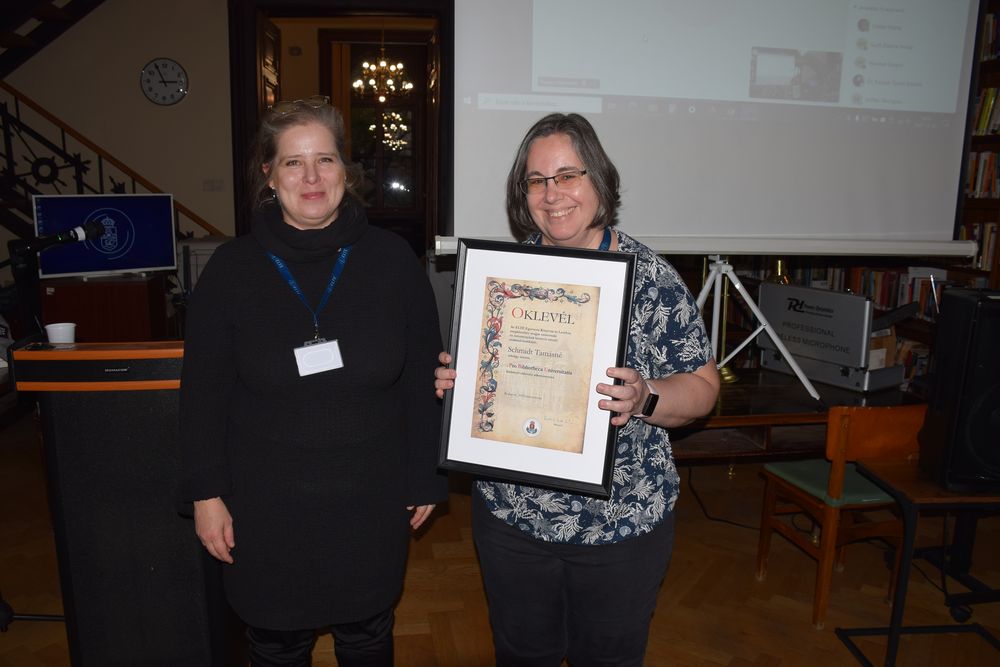EBSCO has offered trial access to the following databases until 31 December 2024:
• Academic Search Ultimate
• Central & Eastern European Academic Source
• Education Source
• Historical Abstracts with Full Text
• Humanities Source
• Philosopher's Index with Full Text
The databases are accessible on the EBSCOhost interface on campus by connecting to the university's internet network or from outside the university using a VPN.
Academic Search Ultimate offers students an unprecedented collection of peer-reviewed, full-text journals, including many journals indexed in leading citation indexes. The combination of academic journals, magazines, periodicals, reports, books and videos meets the needs of scholars in virtually every discipline ranging from astronomy, anthropology, biomedicine, engineering, health, law and literacy to mathematics, pharmacology, women’s studies, zoology and more. Title list.
Central & Eastern European Academic Source (CEEAS) provides full text (including PDF) coverage for scholarly journals published in central and eastern European countries. This multidisciplinary and multilingual database covers many subjects including business, economics, history, STEM and law. Title list
Education Source is designed to meet the needs of education students, professionals and policy makers. The collection provides indexing and abstracts for more than 2,850 academic periodicals and includes full text for more than 1,800 journals, 550 books and monographs, education-related conference papers, citations for over 4 million articles including book reviews and over 100,000 controlled and cross-referenced names of educational tests. Coverage in Education Source spans all levels of education from early childhood to higher education and also includes educational specialties such as multilingual education, health education and testing. Title list
Historical Abstracts with Full Text is an exceptional resource that covers the history of the world (excluding the United States and Canada) from 1450 to the present, including world history, military history, women's history, history of education, and much more. This authoritative database provides indexing of historical articles from more than 1,800 journals in over 40 languages back to 1955. With over 800,000 records and access to the full text of more than 349 journals and more than 120 books, Historical Abstracts with Full Text is unmatched in its scope and breadth of historical and related social science literature. Title list
Humanities Source is designed to meet the needs of students, researchers and educators interested in all aspects of the humanities. The collection includes full text for more than 1,400 journals, with citations to over 3.5 million articles, including book reviews. Coverage in Humanities Source includes worldwide content pertaining to literary, scholarly and creative thought. Title list
The Philosopher’s Index™, produced by the Philosopher’s Information Center, is a current and comprehensive bibliographic database covering scholarly research in all major fields of philosophy. The Philosopher’s Index with Full Text, considered the most thorough index of journal literature on the subject, features author-written abstracts covering scholarly research published in journals and books, including contributions to anthologies and book reviews. The Philosopher’s Index contains research published since 1940 including over 680 journals from more than 50 countries with content representing a variety of languages. Title list


